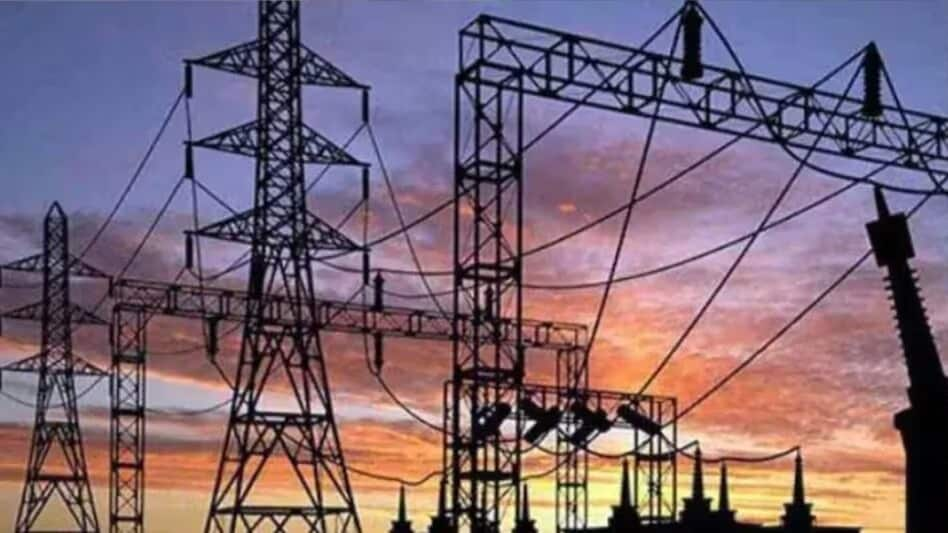 Rising AC use, early heat push Delhi’s power demand to 5029 MW—record high for the seasonRising AC use, early heat push Delhi’s power demand to 5029 MW—record high for the season
Rising AC use, early heat push Delhi’s power demand to 5029 MW—record high for the seasonRising AC use, early heat push Delhi’s power demand to 5029 MW—record high for the season
 Rising AC use, early heat push Delhi’s power demand to 5029 MW—record high for the seasonRising AC use, early heat push Delhi’s power demand to 5029 MW—record high for the season
Rising AC use, early heat push Delhi’s power demand to 5029 MW—record high for the seasonRising AC use, early heat push Delhi’s power demand to 5029 MW—record high for the seasonDelhi’s electricity demand soared to 5029 megawatts (MW) on Tuesday afternoon—the highest recorded this season so far—signalling the start of what could be a scorching and energy-intensive summer ahead. According to projections by the State Load Dispatch Centre (SLDC), the city’s peak demand is expected to touch an unprecedented 9000 MW in the coming months, pushing its power infrastructure to the edge according to ANI.
Last year, Delhi set a record with a peak demand of 8656 MW. If projections hold true, the 2025 summer will mark a more than 300% increase from the city’s 2002 peak of 2879 MW.
The surging demand is being driven by the rising mercury and increased use of cooling appliances. BSES discoms—BSES Rajdhani Power Limited (BRPL) and BSES Yamuna Power Limited (BYPL)—are preparing to serve over 50 lakh consumers and 2 crore residents across South, West, East, and Central Delhi.
In BRPL's jurisdiction, peak demand is expected to reach 4050 MW, up from 3809 MW in 2024. In BYPL areas, demand may touch 1900 MW, slightly higher than last year’s 1882 MW.
To meet this challenge, BSES has locked in long-term power purchase agreements (PPAs) and power banking deals with multiple states, ensuring up to 500 MW of additional supply during peak months. It is also deploying AI- and ML-based demand forecasting systems in collaboration with IMD-POSCO for accurate day-ahead, intra-day, and medium-term planning.
“To meet today’s power challenges and to get a grip on so many varied and dynamic variables, BSES uses a mix of advanced statistical forecasting models, combined with state-of-the-art weather forecasting solutions, including Artificial Intelligence and Machine Learning,” the company said in a statement.
To reduce dependence on fossil fuels, over 2100 MW of Delhi’s electricity this summer will come from renewable sources. This includes:
888 MW of solar power from SECI
500 MW of wind power
546 MW of hydroelectric power
40 MW from waste-to-energy
160+ MW from rooftop solar installations
BSES also highlighted a host of technical upgrades across its infrastructure. This includes predictive maintenance using thermal scanning, health assessment of transformers, and an online load monitoring system for real-time alerts, especially during high-load periods.
Additionally, BRPL may procure up to 1100 MW via bilateral contracts. In case of emergencies, BSES discoms plan to tap short-term power markets to ensure uninterrupted supply.